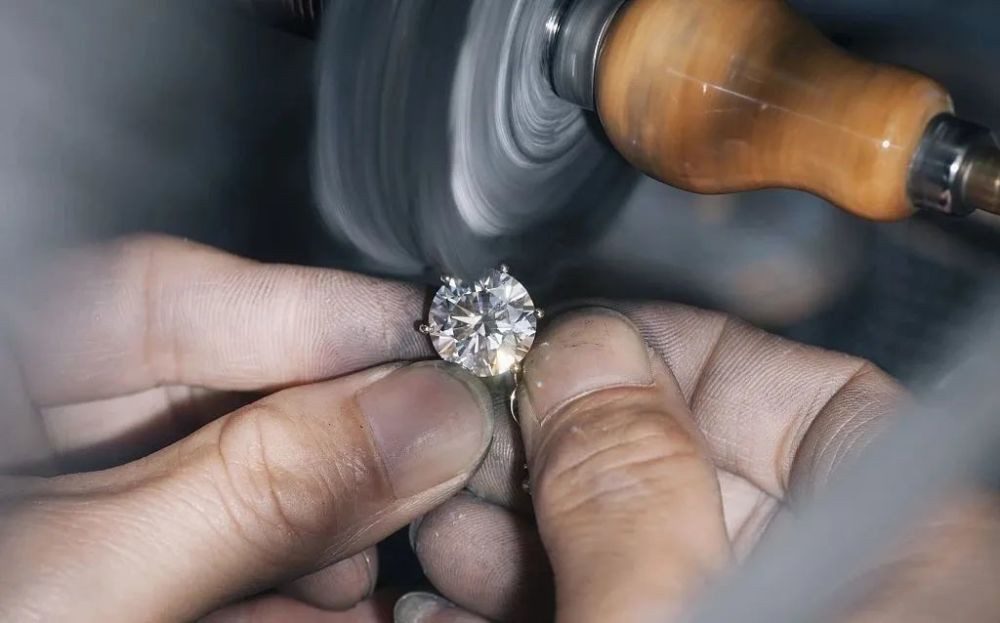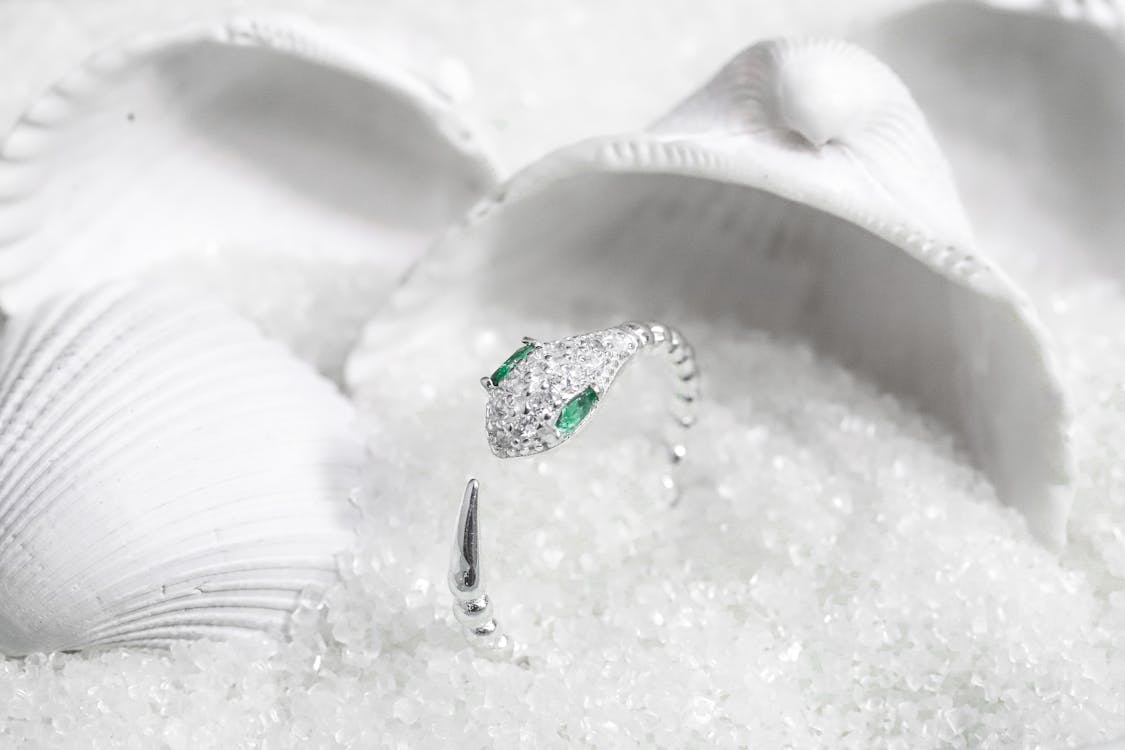In recent years, the diamond industry has seen a significant shift, with lab-grown diamonds becoming increasingly popular. Two major methods are used to create these diamonds: High Pressure High Temperature (HPHT) and Chemical Vapor Deposition (CVD). Both of these methods create diamonds that are virtually identical to those formed in nature, offering an ethical and sustainable alternative to mined diamonds. This article will delve into the specifics of lab grown diamonds hpht, particularly focusing on the HPHT process and lab-created diamonds in general.
Table of Contents
ToggleUnderstanding Lab-Grown Diamonds
Lab-grown diamonds, often referred to as synthetic diamonds or man-made diamonds, are created in controlled environments that mimic the natural conditions under which diamonds form deep within the Earth. These diamonds are chemically, physically, and optically identical to natural diamonds, making them an excellent alternative for consumers who want the same quality and beauty without the environmental and ethical concerns associated with traditional diamond mining.
The term “lab-grown diamonds” covers both diamonds created using the HPHT method and those created through CVD. While both methods are different in how they create the diamonds, the result is the same: a high-quality diamond that is indistinguishable from its natural counterpart. The HPHT method, in particular, has gained widespread attention for its ability to produce large, high-quality diamonds quickly and efficiently.
What is HPHT?
High Pressure High Temperature (HPHT) is one of the most popular methods for creating lab-grown diamonds. This technique replicates the natural conditions that diamonds experience when they form deep within the Earth’s crust. In the HPHT process, carbon is subjected to extreme pressure and temperature in a laboratory setting, allowing it to crystallize into diamond form.
HPHT is known for producing diamonds with exceptional clarity and color. The method was initially developed to simulate the natural conditions under which diamonds form, and it has since been refined to create diamonds that are nearly identical to those found in nature. For consumers looking for diamonds with the same brilliance and beauty as mined diamonds, HPHT-created diamonds are a great choice.
Advantages of Lab-Created Diamonds
Lab-created diamonds, including those created using the HPHT method, offer a wide range of benefits over traditional mined diamonds. One of the key advantages is their sustainability. Unlike mined diamonds, which require the extraction of minerals from the Earth and can have a significant environmental impact, lab-created diamonds are made using renewable energy sources and have a much smaller carbon footprint.
Another significant advantage of lab-created diamonds is their ethical appeal. Mined diamonds are often associated with human rights abuses, including exploitative labor practices and conflicts in regions where diamonds are mined. Lab-grown diamonds, on the other hand, are created in controlled environments where labor standards are far higher, making them a more ethical choice for many consumers.
HPHT and Lab-Created Diamonds: A Comparison
While HPHT is one method for creating lab created diamonds, it’s important to note that not all lab-created diamonds are produced using this process. The Chemical Vapor Deposition (CVD) method is another popular technique used to grow diamonds in the lab, but it involves a different set of conditions. While both methods produce high-quality diamonds, the HPHT method is particularly known for its ability to produce larger diamonds with fewer inclusions, making it a popular choice for high-end diamond jewelry.
In contrast, CVD diamonds are often smaller and can have a slightly different appearance, but they are still highly sought after for their beauty and quality. Whether created through HPHT or CVD, lab-grown diamonds offer the same advantages in terms of sustainability and ethical considerations, but HPHT-grown diamonds tend to be the more popular choice for those seeking larger stones or specific color qualities.
The Future of Lab-Grown Diamonds
As the demand for sustainable and ethically produced products continues to rise, lab-grown diamonds are expected to become an even more integral part of the jewelry market. Both HPHT and CVD processes are constantly evolving, with new technologies and methods being developed to improve the quality, size, and affordability of lab-created diamonds.
In the future, we can expect lab-grown diamonds to become even more indistinguishable from mined diamonds. As research advances, these diamonds may even surpass their natural counterparts in terms of brilliance and durability. Furthermore, as the technology behind HPHT and CVD continues to improve, lab-grown diamonds may become more affordable, making them accessible to a wider range of consumers.
Why Choose Lab-Created Diamonds?
Choosing lab-created diamonds, including those made using the HPHT method, comes with many benefits. Beyond the environmental and ethical advantages, these diamonds offer an exceptional level of quality and craftsmanship. With advancements in technology, the difference between lab-grown and natural diamonds is becoming increasingly difficult to detect, making lab-created diamonds a viable alternative for those seeking an exquisite piece of jewelry without the negative impact of traditional mining practices.
The affordability of lab-grown diamonds is another factor that makes them an attractive option for many buyers. Since lab-created diamonds are produced in a controlled environment, their cost is typically lower than that of mined diamonds, especially when considering the high prices that natural diamonds often command due to their rarity.
The perfect diamond? Visit Novita Diamonds at novitadiamonds.co.nz! Discover a wide range of high-quality diamonds, from engagement rings to gifts for any special occasion. Head to novitadiamonds.co.nz now and find the diamond of your dreams!
Conclusion
Lab-grown diamonds, particularly those created using the HPHT method, represent the future of the diamond industry. These diamonds offer consumers the same quality, brilliance, and beauty as natural diamonds, without the environmental and ethical concerns associated with mining. Whether you’re looking for a beautiful engagement ring, a gift, or simply a luxurious piece of jewelry, lab-created diamonds are an excellent choice. As technology continues to advance, we can expect the demand for lab-grown diamonds to increase, offering an even more sustainable and affordable alternative to traditional diamonds.



